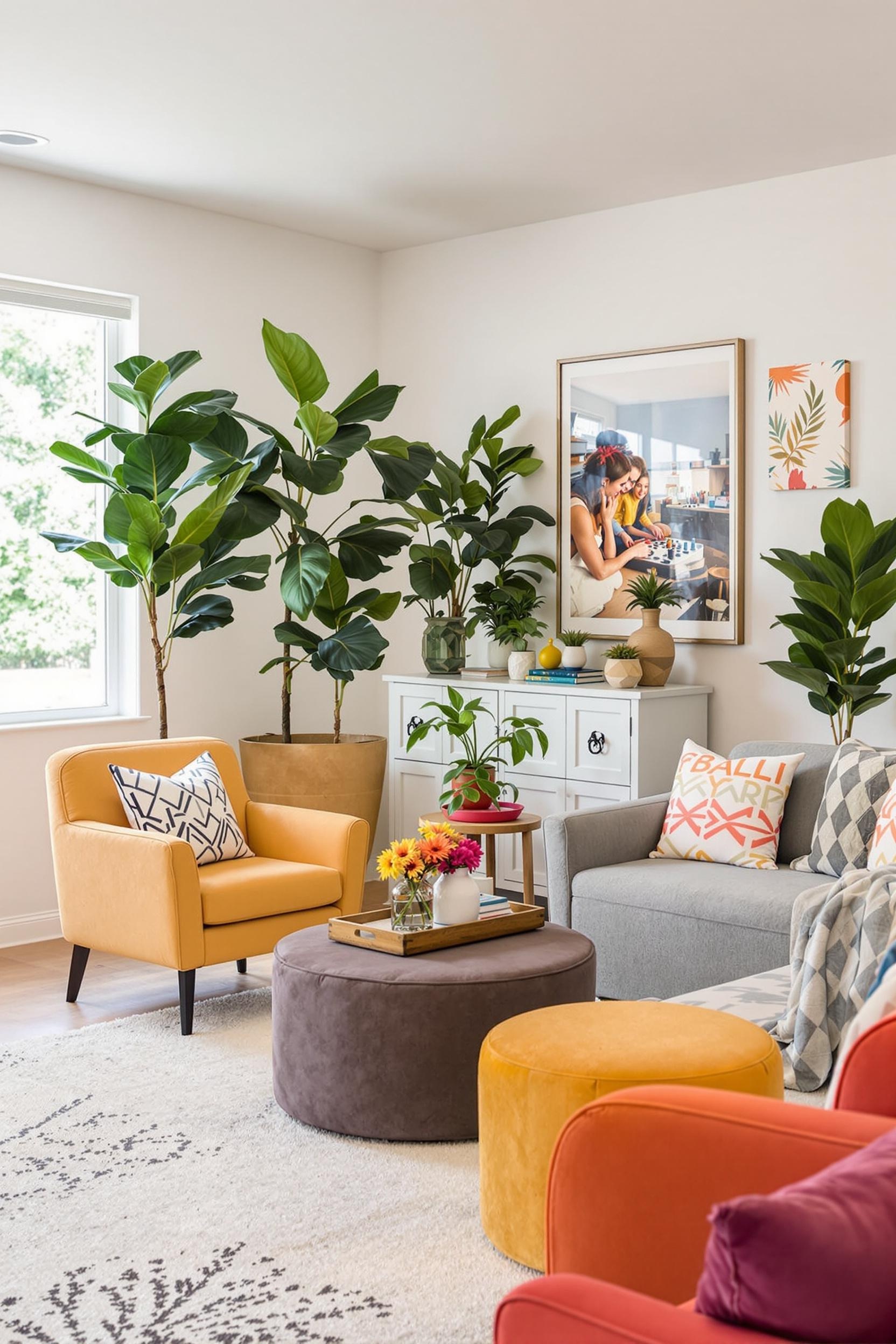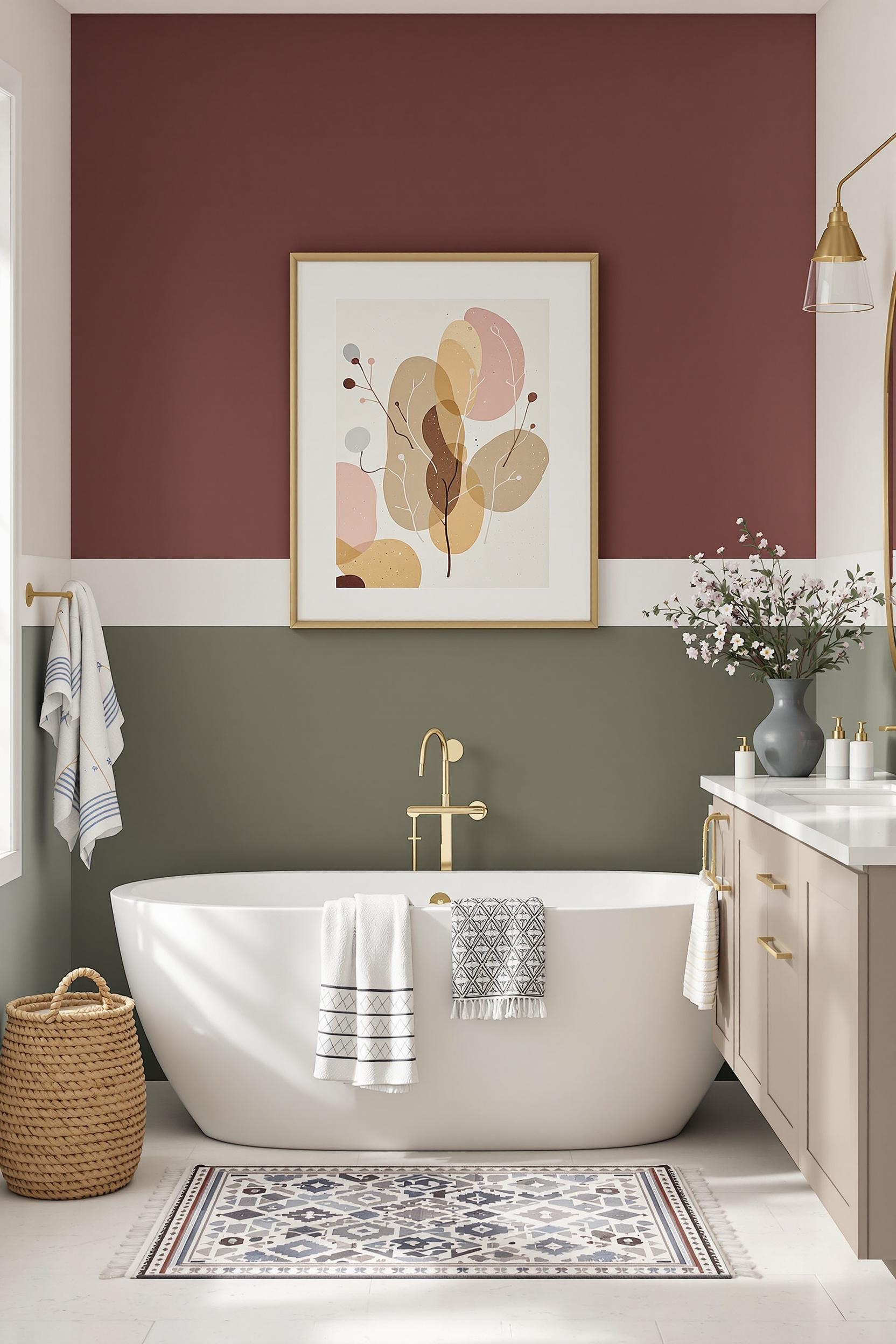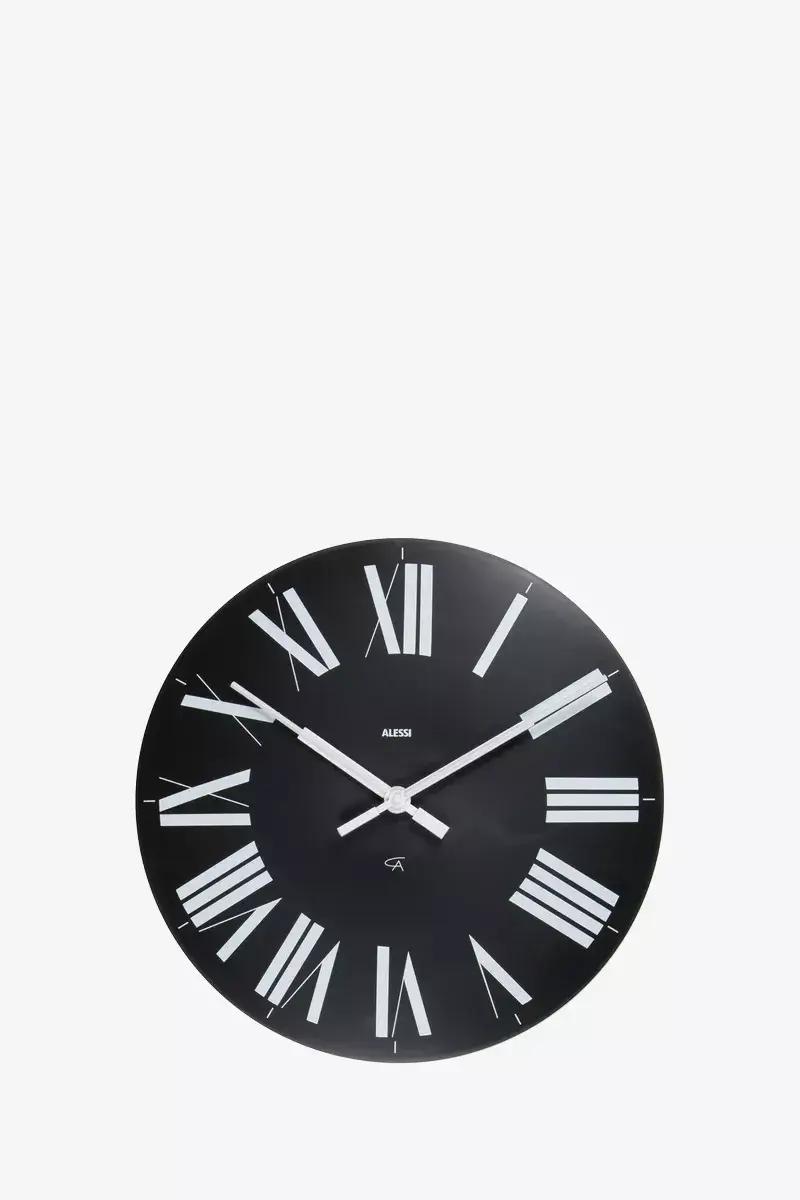
Zoned Living Room Colors: Upgrade Your Space With Strategic Color Blocking
Have you ever walked into an open-plan living room and felt completely lost, unsure where one space ends and another begins? I’ve seen it many times with clients—and I’ve experienced it myself. That’s where zoned living room colors make a huge impact. Through smart color placement, you can divide your living area without physical walls while leveling up your design game. Let’s dive into how color zoning transforms minimalist homes, especially open-layout spaces. It’s time to turn cluttered confusion into clean, purposeful flow.
Unlock the Magic of Minimalist Color Zoning
Color zoning techniques aren’t just trendy—they’re intentional. By defining distinct places like a reading nook, entertainment corner, or workspace using purposely picked hues, I guide my clients to create harmonious, multifunctional homes tailored to their real lives.
In fact, I always remind them: zoning doesn’t require paint everywhere—sometimes, just one wall, ceiling section, or trim color can guide flow and function beautifully. With color blocking open living spaces, you create invisible boundaries while keeping an open visual field. Fun fact: Studies from the University of Georgia show colors like sage green support social interaction and reduce anxiety—perfect for the heart of your home.
Understanding Color Psychology: Zoning That Supports Mood
I always advise clients to be conscious of emotional impact when selecting their living room color block ideas. Peer-reviewed research shows:
- Sage green: Promotes peace and harmony
- Soft blue: Helps lower stress and heart rate
- Warm beige: Builds an inviting feel in minimalist homes
- Avoid bright red: It often sparks tension
These considerations matter when creating purposeful spaces in multi-use rooms like living-dining combos or home office hybrids. That’s the beauty of zoned living room color schemes for open spaces—you craft not only function but feel with every hue.
Master the 60-30-10 Rule: Your Color Zoning Formula
Here’s my go-to ratio when designing with color zoning minimalist home décor:
- 60% dominant neutral foundation—think warm taupe or ecru walls
- 30% secondary zone-defining shade—like sage for a reading zone
- 10% accent hues—pops of ochre through pillows, chairs or lamps
This formula brings visual balance—essential in minimalist color blocking strategies. When used right, color becomes the unseen architecture of any open space.
Visual Zoning Techniques for Every Living Room
One of the biggest questions I get is, “How can I zone without walls?” Great news: the options are endless. Whether you’re in a studio or penthouse, these zoning techniques work beautifully:
1. Gradient Transitions (Light to Dark)
This is perfect for zoning living rooms with accent walls. For instance, go from light beige to a deeper olive in the relaxation corner. This subtle shift defines space without feeling like a hard stop. Learn more in the Color Zoning Magic guide.
2. Geometric Color Blocks
I adore bold, shaped outlines. Try rectangles or asymmetrical triangles to frame your entertainment area. Vertical color bands are fun too—they create visual height and define function at the same time. I featured this in my piece: Bold Geometric Color Blocking Secrets.
3. Furniture-Based Zoning
Don’t underestimate the power of color-matched furniture. Use rugs, chairs, and wall art in your zone’s assigned colors. This makes it cohesive and ties everything together visually. The article Color Block Furniture dives into how to do this masterfully.
Real Homes, Real Color Strategies
When I helped a client zone a 400-square-foot open-plan space, we had limited real estate but big design goals. Using a base of pale taupe with color blocks of soft azure for the lounge area and rust orange for a mini office nook, we created clarity and calm—all without adding a single wall. These modern open-plan zoning with color ideas make even tiny spaces feel larger and more purposeful.
Join the 7-Day Living Room Color Zoning Design Challenge
Want to totally reimagine your living space? Start today with this step-by-step zoning challenge. No matter your room size, you’ll create bold boundaries and stylish flow in just a few days.
Color Zoning Design Challenge: 7-Day Plan
- Day 1: Sketch your space and natural light patterns
- Day 3: Assess color psychology and brainstorm your mood goals
- Day 5: Use the 60-30-10 rule to define your palette
- Day 7: Reveal and reflect. How do you feel in each zone?
Want a free guide? Grab my exclusive resources for easier planning and color success:
Get Your Free Color Zoning Guide
With that download, you’ll access a how-to e-book, designer tips, a cheat sheet on color psychology, and a chance for personalized consultations. Whether you’re working with small space color zoning or zoning in a wide open layout, you’ll have the tools to nail it with confidence.
Color Zoning Living Room: Frequently Asked Questions (FAQs)
Q: How do I start zoning a wide open-plan living room?
A: Begin with functional mapping. Identify zones—like dining area, lounge, reading corner. Then apply the 60-30-10 rule using strategic shades.
Q: Will color zoning work in compact homes?
Yes! It’s perfect for small areas. With vertical stripes or ombré fades, you visually break things up without adding clutter. Try muted pastel zones for maximum space impact. Learn how in this guide: Transform Your Tiny Space.
Q: What paint colors work best in minimalist spaces?
Earth tones and monochromes are ideal. For warm calmness, try beige and sage combos. Want subtle depth? Fade from light gray to misty blue. You can view more ideas on transforming minimalist homes with color.
Q: Is this expensive?
Not at all. Basic plans might just need paint and a few accessories. DIY versions start under $100. A pro custom design might range up to $1,000—but most homes don’t need that.
Q: Will color zoning go out of style?
Nope! This design principle is rooted in spatial psychology and function. It’s been around for decades—it’s just evolving with modern palettes and layouts.
Final Thoughts: Your Next Steps
Zoning through color in minimalist design is one of my favorite ways to help clients gain calm clarity. No matter your floor plan, size, or aesthetic, this technique allows your space to work smarter and look amazing doing it.
If you’re serious about design and want help turning your current layout into a visually stunning, highly functional space, start with a single zone. Pick your palette. Apply your accent.
Then sit back and watch as your living room transforms into a cohesive, intentional haven. Still not sure? Let me help. I’ve worked with dozens of homeowners and renters who now love each corner of their open living rooms—all thanks to strategic color blocking.
Ready to Transform Your Living Room Into a Stylish, Zoned Masterpiece?
Start with the 7-Day Challenge—or use one of our advanced tutorials like Open Plan Color Zoning or Living Room Color Block Magic. There’s a path for every home size and style.






